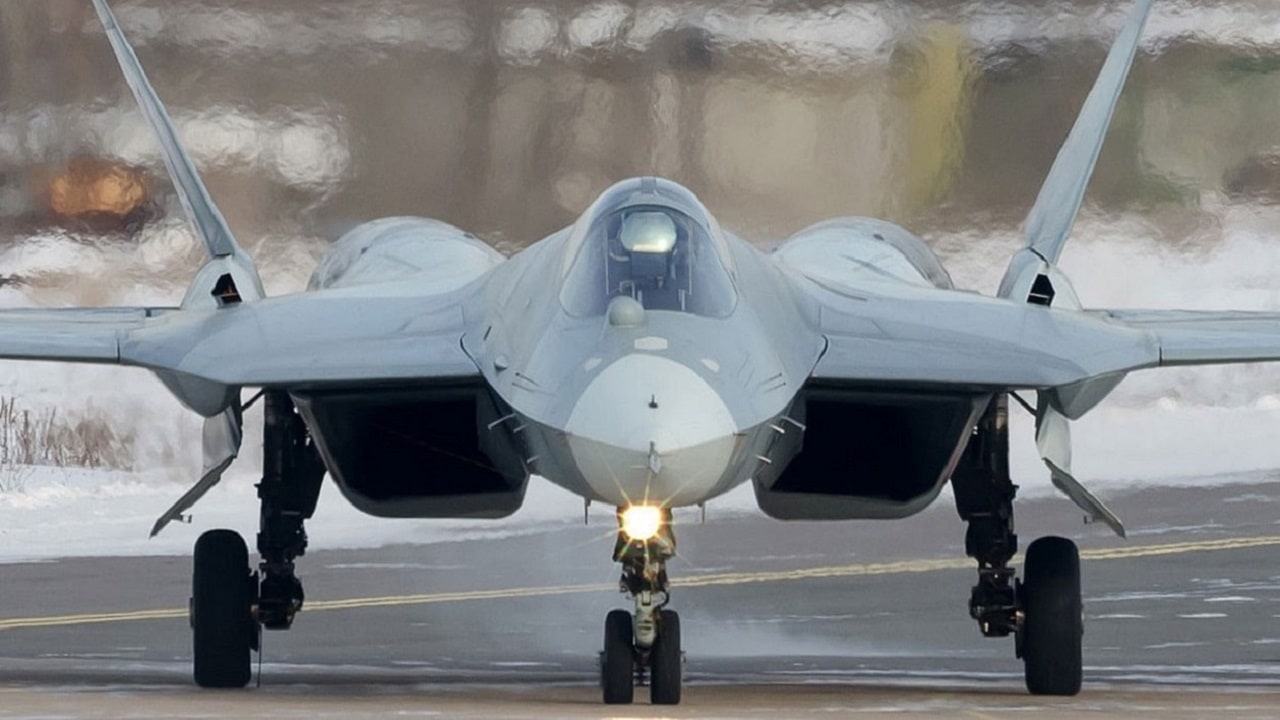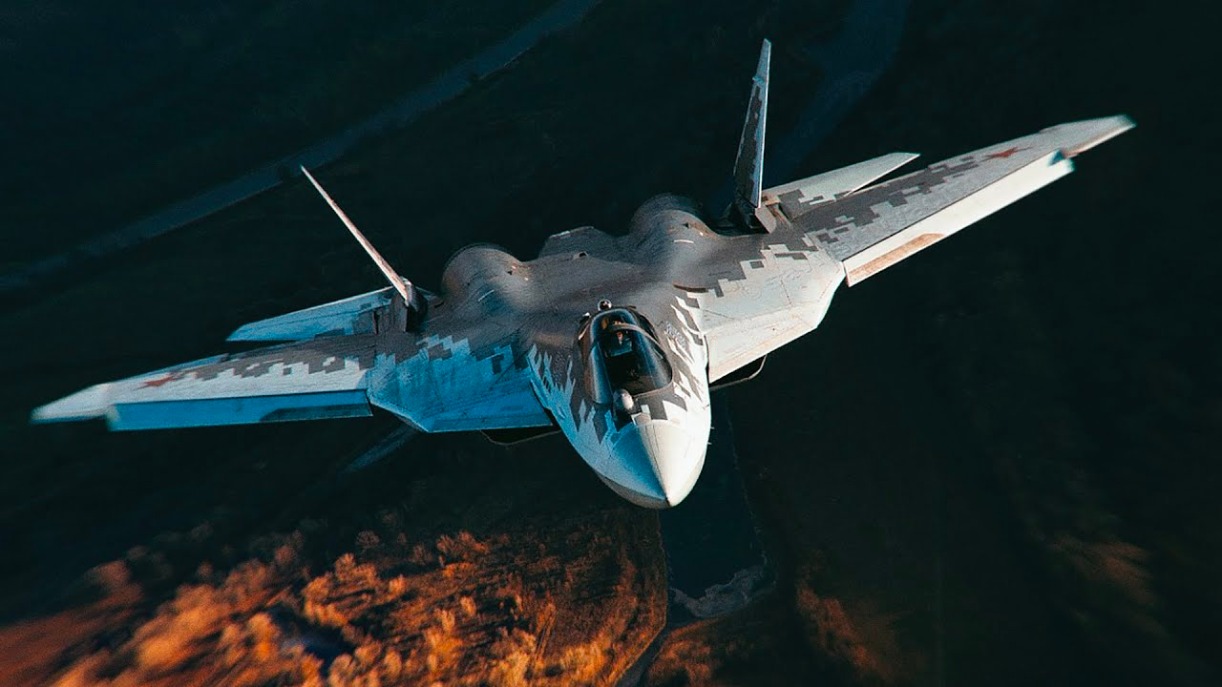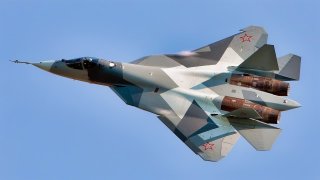Remember PAK-FA? India and Russia Planned to Build the Su-57 Felon Together
In 2018, India withdrew from a joint venture with Russia to develop a fifth-generation fighter aircraft, known at the time as the PAK-FA, citing that the technologies offered by the project were already within its reach or under development domestically.
Summary: In 2018, India withdrew from a joint venture with Russia to develop a fifth-generation fighter aircraft, known at the time as the PAK-FA, citing that the technologies offered by the project were already within its reach or under development domestically. The program, initiated in 2007 as a partnership between Russia's Sukhoi and India's Hindustan Aeronautics Limited, aimed to produce an advanced version of the Russian Su-57.
-Concerns about the Su-57's engineering quality, high costs, and reduced Russian order volumes led to doubts in New Delhi about the viability of the project. Issues with the Su-57 included unreliable engines and poor construction that compromised stealth capabilities.
-Ultimately, the financial and technical risks prompted India to abandon the $295 billion agreement, deciding that the potential benefits did not justify the projected $32 billion cost.
PAK-FA RIP: India-Russia Fighter Jet Deal Collapses Over Concerns with Su-57's Performance
In 2018, India backed out of a deal to co-develop a fifth-generation fighter platform with Russia. According to New Delhi, it already possessed all the technologies such a project would bring and or was already in the process of developing internally.
The collaborative Fifth Generation Fighter Aircraft Program (FGFA) was first conceptualized back in 2017, after Moscow and New Delhi signed a mutual agreement. Also referred to as the PAK-FA, the new platform was meant to be jointly produced by the Russia-based Sukhoi manufacturer and India-based Hindustan Aeronautics Limited. New Delhi desired a more advanced, super-cruise capable platform and both countries aimed to introduce an enhanced variant of the Russian Su-57.
This deal fell apart, however, more than a decade later. While Moscow often boasts that the Su-57 is one of the top fighters in the skies, New Delhi claims the platform was too expensive, poorly engineered and powered to get behind.
A brief overview of the PAK-FA
Following the initial 2007 agreement between Russia and India, the two sides penned a billion preliminary design contract for the new fighter. New Delhi originally signed off on procuring 144 of these new airframes, while Moscow agreed to purchase 250.
In 2015, however, this plan shifted when the Kremlin announced it had lowered its acquisition rate to a mere 12-16 planes. Indian officials were logically concerned with this change, since both sides were expected to contribute $6 million to the collaborative project. In addition to this major red flag, the Russian variant of the Su-57 was reportedly less complex than India’s- which included Indian avionics and compatibility with a wider array of weapons.

At this point, only the Russian version was undergoing its development phase and New Delhi did not like what it was seeing.
Listing the Su-57’s shortfalls
Indian officials outlined at least four shortcomings of the joint Su-57 project in 2014. Perhaps the most significant issue pertaining to the new fighter was its power source. The Russian AL-41F engines were defective and poorly built, negatively impacting the platform’s stealth profile.
Additionally, shoddy construction was apparent, which could interfere with the plane’s radar signature. Quality control controls were also apparent at Sukhoi and at least one prototype needed patches on its wings to prevent its frame from falling apart during high-stress maneuvers.

Considering all of these issues, the planned fifth-generation fighter was not worth the cost for India.
As detailed in an India Today report released in 2017, “The investment of $6.7 billion (Rs 44,800 crore) would give India only four prototypes of the FGFA aircraft and it will have to pay another $135 million (Rs 900 crore) each for the 127 planes, which would be ready for induction only after 2027–28,” adding that “The cost per aircraft at the time of delivery in 2027–28, due to high inflation in defense deals, would come around $250 million bringing the total project value to around $32 billion (Rs 2 lakh crore).”
About the Author: Maya Carlin
Maya Carlin, National Security Writer with The National Interest, is an analyst with the Center for Security Policy and a former Anna Sobol Levy Fellow at IDC Herzliya in Israel. She has by-lines in many publications, including The National Interest, Jerusalem Post, and Times of Israel. You can follow her on Twitter: @MayaCarlin.


